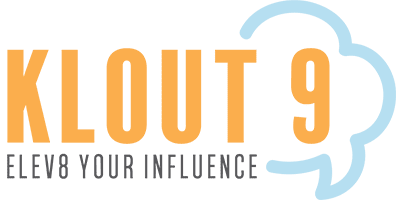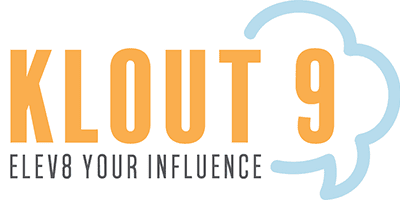When sitting down to write an article or a blog, the most important thing to consider is whether or not the piece your writing should be written as short-form content or long-form content.
This may seem like an easy choice, but it is actually more difficult than you may realize.
The juxtaposition between writing a comprehensive piece and a compelling one can be quite onerous. The decision between a piece that is informational and thorough versus quick, easy, and bite-sized, can be summed up in a couple of questions.
- Who is my audience?
- What is my intention?
Audience and Intention
The first few things to look at when creating internet content are who your audience is and why you’re creating the content in the first place.
The intent of the piece should be what the writer wants to accomplish with the post and why they want to post it in the first place.
Usually, a good rule of thumb is to look at what the audience wants to get out of the post. If your audience wants to be entertained or kept in the loop about the latest news and gossip, then short-form content marketing is likely your best bet.
If your audience wants to become knowledgeable about a topic or is looking for a deep dive into a particular area of interest, then long-form content marketing is the way to go.
Short-Form Content: What is it?
Typically, short-form content is any content shorter than 1,200 words. As mentioned above, this content is quick and easy to read and gets right to the point of what the piece is about, without all of the fluff.
The main goal of short-form content is to get one message across to your audience in a speedy manner. Examples of this form of content marketing are blog posts, infographics, and newspaper or magazine articles.
Pros and Cons of Short-Form Content
Pros
- It is easier to consume the content.
- The content can be consumed in many different formats.
- It is a way to get the point across without a lengthy time commitment from the audience.
- It is quicker to produce the content and takes far fewer resources.
Cons
- It is more difficult to cover a lengthier topic.
- The structure can easily put the writer and the reader into autopilot mode when either creating or consuming, which can be damaging to the original intent.
Long-Form Content: What is it?
Typically, long-form content is any content longer than 1,200 words. This content is created to give the audience a deep dive into a particular topic or series of topics, so that the reader becomes more knowledgeable about the topic.
Examples of this form of content are guides and tutorials, lengthy and detailed blogs and articles, and ebooks.
Pros and Cons of Long-Form Content
Pros
- In a detailed search, this type of content ranks higher because of the high number of keywords associated with the piece.
- The conversion rate is typically higher than with short-form content due to the time and effort the reader or consumer has to spend with the content.
Cons
- It takes more time and resources to create this type of content, which is usually linked to a larger financial commitment.
- It can be difficult to neatly display long-form content on a mobile device, which reduces the number of ways the piece can be consumed.
In the end, content marketing can be extremely successful no matter how you choose to put it out there.
Keep in mind both your intent and your audience when choosing between short-form or long-form content marketing.
Read also: Engage your Audience with Interactive Content Marketing
If you’re looking for help with your content marketing, Klout 9 is here to help. We are a digital marketing agency in Lafayette, LA, that can help you with all things content creation, from social media posts to blogs.
Contact us today for a free consultation! Happy creating!
Sources:
https://contentmarketinginstitute.com/articles/long-form-content/


